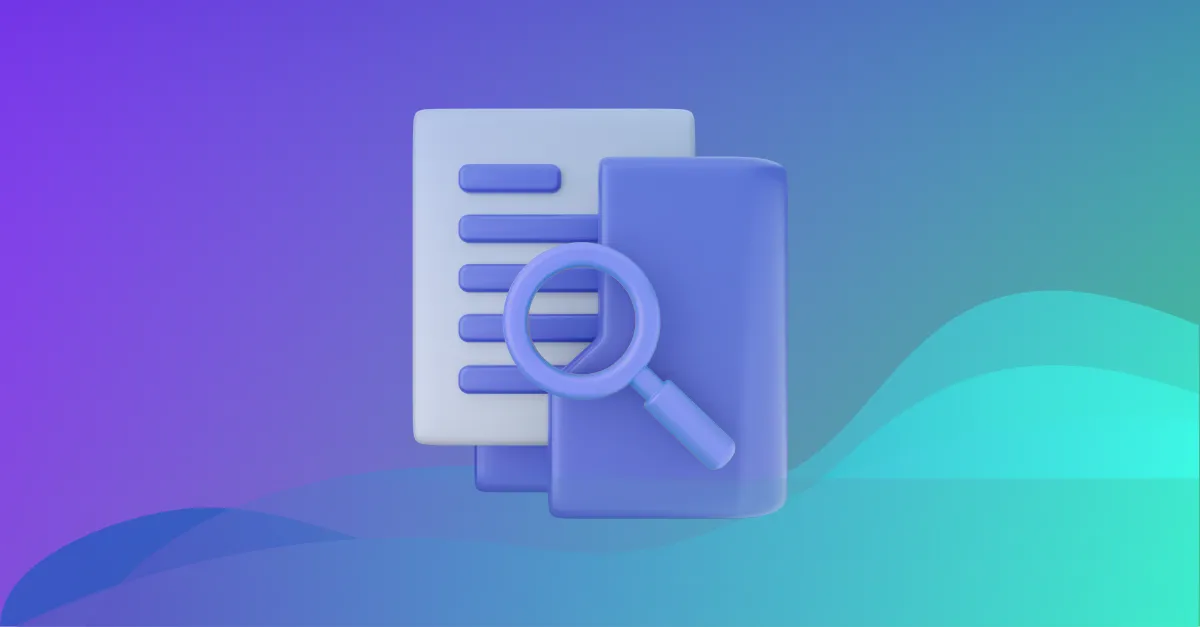
In a world where web applications and APIs form the backbone of many businesses, the significance of comprehensive application security cannot be overstated.
Ensuring robust security measures against a landscape riddled with cyber threats is critical, and that’s where Dynamic Application Security Testing (DAST) steps in.
DAST is a type of security testing that scans web applications for vulnerabilities.
DAST tools send simulated attacks to web applications to identify vulnerabilities that could be exploited by attackers.
This blog enlightens some of the importance of reinventing DAST.
Evolution of DAST
The history of Dynamic Application Security Testing (DAST) can be traced back to the early 2000s when the need for automated security testing of web applications started to gain recognition.
The first DAST tools began to emerge, providing automated scanning and testing capabilities for web applications.
These early tools were relatively basic and focused on identifying common vulnerabilities like SQL injection and Cross-Site Scripting (XSS).
Since then, DAST has passed many milestones. DAST tools evolved to integrate into automated workflows, enabling security testing throughout the development cycle.
They continue to evolve, incorporating artificial intelligence and machine learning algorithms to enhance scanning accuracy and reduce false positives.
These advancements have made DAST more effective in identifying vulnerabilities and supporting secure software development practices.
DAST is the only testing approach that can handle template code patchworks, legacy business systems, external systems, and so on.
What are the limitations of traditional DAST?
Traditional DAST tools have been valuable for identifying vulnerabilities in web applications, but it also comes with certain limitations.
Here are some of the key limitations of traditional DAST:
1. Inability to test unreachable parts
DAST tools rely on crawling through the application by following links and forms.
If certain parts of the application are not accessible through these navigational paths, such as hidden or restricted pages, DAST may not be able to test them.
2. False positives and negatives
DAST can sometimes produce false positives (reporting issues that are not actual vulnerabilities) or false negatives (missing actual vulnerabilities).
This can lead to inefficiencies in the testing process, as security teams need to manually verify and filter results.
3. Lack of context awareness
Traditional DAST tools may not have sufficient context awareness, leading to generic and less actionable results.
They may not understand the application’s business logic or user roles, potentially resulting in irrelevant findings.
4. Difficulty with authentication and session management
DAST tools often face challenges when dealing with applications that require user authentication or complex session management.
They may not be able to handle unique user states or maintain user sessions effectively during testing.
5. Performance impact
Running DAST scans can sometimes put a strain on the application and its resources, leading to potential performance issues during testing.
6. No data flow analysis
Traditional DAST lacks data flow analysis capabilities, meaning it may not be able to trace the flow of sensitive data within the application to identify data leakage or improper handling.
7. Limited API testing
As APIs become more prevalent in modern applications, traditional DAST may not provide comprehensive testing of API security, which requires more specific tools or techniques.
8. Late-stage testing
DAST is typically conducted in later stages of the software development lifecycle.
Identifying and fixing vulnerabilities earlier in the development process can be more cost-effective and efficient.
It is essential to combine DAST with other testing methods, such as Static Application Security Testing (SAST), Interactive Application Security Testing (IAST), and manual penetration testing, to overcome the shortcomings and provide a more comprehensive security assessment.
Additionally, modern DAST solutions have evolved to address some of these limitations, offering improved accuracy and coverage for web application security testing.
What are the challenges to traditional DAST?
Modern web applications and APIs pose a number of challenges to traditional DAST (Dynamic Application Security Testing). These challenges include:
1. The use of complex application frameworks
Modern web applications often use complex application frameworks, such as Spring Boot or Django.
These frameworks can make it difficult for DAST tools to understand the application’s internal workings, which can lead to false positives and missed vulnerabilities.
2. The use of APIs
Modern web applications often use APIs to communicate with other systems.
This can make it difficult for DAST tools to test the application’s security, as they may not be able to access the APIs.
3. The use of obfuscation
Modern web applications often use obfuscation techniques to make it difficult for attackers to understand the application’s code.
This can also make it difficult for DAST tools to test the application’s security.
As a result, it is important to use DAST tools in conjunction with other security testing methods, such as SAST (Static Application Security Testing) and manual penetration testing.
What is the need for reinventing DAST
Here are some of the reasons why traditional DAST needs reinvention:
1. The rise of DevSecOps
The rise of DevSecOps has led to a renewed focus on DAST.
DevSecOps is a methodology that integrates security into the development lifecycle.
This means that security testing, including DAST, is performed early in the development process, when it is easier and cheaper to fix vulnerabilities.
2. The evolution of web applications
Web applications have evolved significantly in recent years.
They are now more complex and use a wider range of technologies. This has made it more difficult for traditional DAST tools to find vulnerabilities.
3. The need for automation
The need for automation in security testing is growing.
This is especially true for DAST, which can be a time-consuming and manual process.
Automation can help to reduce the time and effort required for DAST, making it more feasible for organizations to perform regular DAST scans.
4. The emergence of AI and machine learning
AI and machine learning are being used to reinvent DAST.
These technologies can be used to improve the accuracy and efficiency of DAST scans.
For example, AI can be used to identify patterns in application traffic that indicate vulnerabilities.
These are just some of the reasons why traditional DAST needs reinvention.
As web applications continue to evolve and the need for automation grows, DAST will need to adapt to meet these challenges.
By using AI and machine learning, automation, and other new technologies, DAST can become more accurate, efficient, and cost-effective.
This will help organizations to find and fix vulnerabilities more quickly and easily, making them less likely to be attacked.
Final thoughts
Adopting DAST as the foundation of your application security program is a wise step towards safeguarding your organization’s digital assets.
DAST enables a dynamic, real-world assessment of your applications, providing broad coverage, in-depth analysis, and quick risk mitigation.
Its ease of use and automated features improve the testing process, minimizing manual burden and encouraging developers to be security vigilant. Furthermore, DAST aids in regulatory compliance, boosting your organization’s credibility.
To sum it up, leveraging DAST in your application security program is a technologically astute decision that enhances application security coverage, improves risk mitigation, and promotes a culture of security mindfulness.
As we navigate the digital future, integrating DAST as a cornerstone of your application security program is an essential step towards resilience and success.
Ready to step up your appsec program with a DAST solution with the fastest go-live time and best est. ROI? Get started with Beagle Security’s product tour or book a demo today!



![Top 10 penetration testing companies [2025] Top 10 penetration testing companies [2025]](https://beaglesecurity.com/blog/images/blog-banner-three-840.webp)
![Top cybersecurity companies in India [2025] Top cybersecurity companies in India [2025]](https://beaglesecurity.com/blog/images/blog-banner-two-840.webp)







